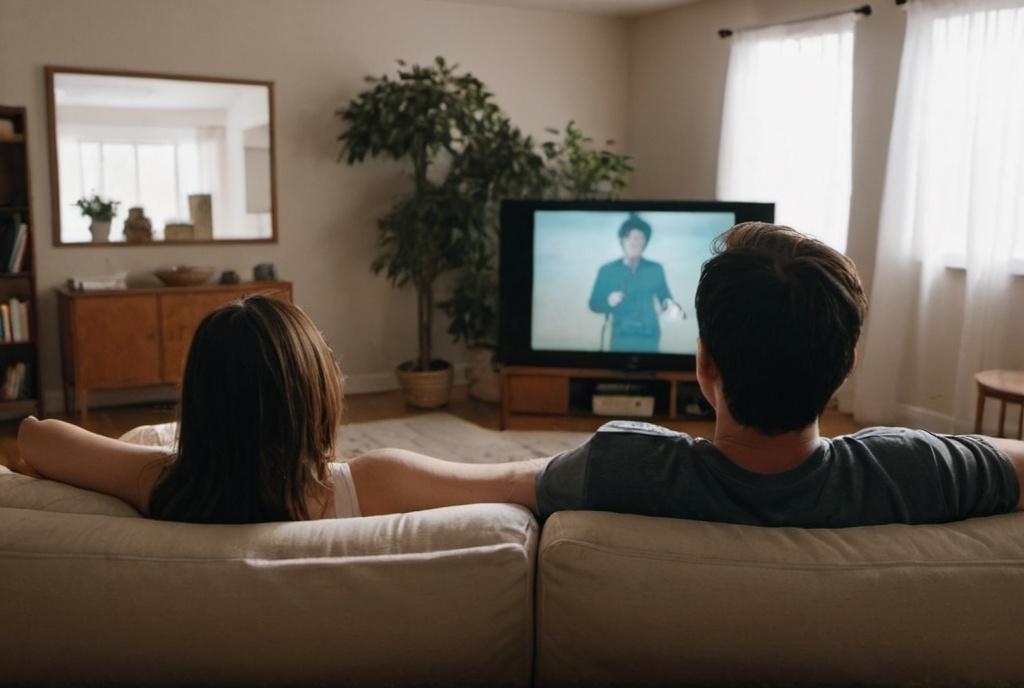
Key Take Aways About location scouting for movies
- Significance: Location scouting is crucial for matching the story, mood, and budget of a film.
- Financial Planning: Budgeting includes site fees, permits, insurance, travel, and local labor costs.
- Artistic vs. Practical: Balancing directors’ visions with budgetary constraints is essential.
- Permits and Regulations: Obtaining necessary permits is crucial to avoid fines and delays.
- Storytelling Impact: Locations enhance narrative depth and can become characters themselves.
- Technological Aids: Tools like drones and VR assist scouting but can’t replace physical visits.

Understanding Location Scouting in Film Production
Location scouting in film production might seem like just another item on the checklist, but it’s a crucial aspect that can make or break a movie. It’s not just about finding a spot that looks nice; it’s about finding a place that fits the story, mood, and budget. And, of course, there’s the infamous shuffle between creativity and finance.
Financial Considerations in Location Scouting
Okay, let’s talk money—a big player in the whole process. Sure, that stunning chateau in the French countryside could be perfect, but can the production afford it? Budgeting for location scouting is more than just the site rental fee. Think about permits, insurance, travel expenses, and potential local labor costs. You don’t want to blow half your budget on a location before filming even starts.
It’s kind of like searching for an apartment. You find the perfect place, and then reality hits you with those hidden HOA fees and the realization that utilities are just as expensive as rent. In film, once you factor in all those extra expenses, the glamorous mansion might suddenly look less appealing.
The Balancing Act of Artistic Vision and Practicality
Directors often have a vision. They know precisely the vibe they want to capture with each frame, and sometimes this vision involves exotic or hard-to-access locations. Enter the location scout, who must look at the director’s dream and translate that into something accessible. It’s a bit like trying to make a three-course gourmet meal with a college student’s pantry—tricky, but not impossible.
Conversation around these choices can be a whole art form. There’s a constant back-and-forth with the director, producers, and sometimes even the screenwriter. The artistic team wants visual grandeur, while the financial overseers want to keep costs in check. It’s a waltz, really, and everyone has to make sure they don’t step on toes.
Government Regulations and Permits
Drifting into bureaucracy, we find permits and regulations. Shooting in public places or historical sites usually requires permits. Not having permits can lead to fines or worse, production shutdowns. Many cities provide film offices to assist with obtaining permissions, but bureaucracy can be slow.
Sometimes, it’s like waiting at the DMV—you need one form to get another form, which you can only submit on alternate Thursdays during a full moon. Timing is everything. A delay in permits can push back shooting schedules, and in the film industry, time really is money.
Impact of Location on Storytelling
On to storytelling. Location plays a vital role in how a story unfurls on screen. A perfectly chosen site can add layers to the narrative, turning a good movie into something unforgettable. The romance of “Pride and Prejudice” wouldn’t hit the same if shot in a generic urban park, just as “Mad Max” wouldn’t work as well in a lush forest. The setting becomes almost a character in its own right.
Technological Advances and Virtual Scouting
The tech world has smuggled some nifty tools into the process. Drones, satellite imagery, and even virtual reality are being used for initial scouting. Google Earth could pretty much be the scout’s best friend now. But while tech offers convenience, it doesn’t replace the need for physical visits. Nothing beats being on-site to gauge light, sound, and other sensory elements.
Imagine a scout evaluating a location on their laptop, thinking, “Seems quiet enough,” only to arrive on set and find out it’s next to a busy airport. There are some things you just can’t judge from a screen.
Conclusion
Scouting locations is a blend of art and arithmetic. It requires a certain finesse to juggle creative desires with financial constraints. While it might seem like a mammoth task, well-executed location scouting is pivotal in shaping the film’s success. For those wrestling between creativity and cost, remember this: the scenery can make a film, but a strategically budgeted one can help it finish.



